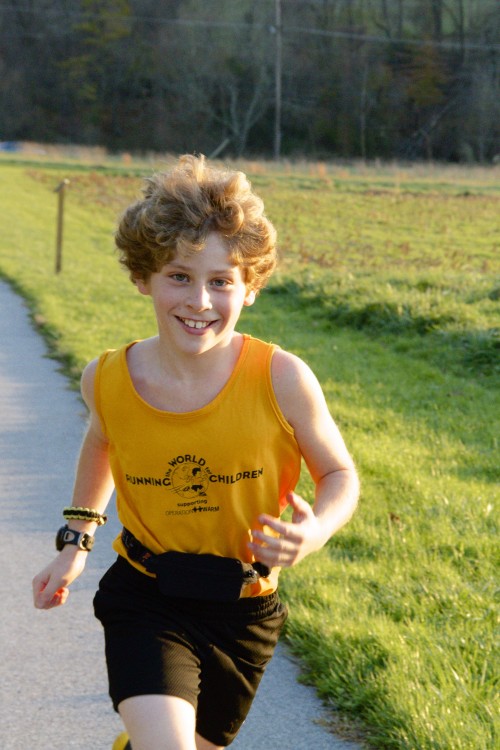Diabetes, Insulin and Exercise: New Findings
Ok, I realize that what I’m going to describe was just a small study; but, this is a big deal for children with type I diabetes (juvenile onset) we need to talk about.
The statistics show that people with type 1 diabetes who are physically active live about 10 years longer than those who are not active. The real bug-a-boo however is that because BOTH insulin and activity will drop blood sugar, balancing food, insulin dosage and activity is a real tap dance!
You (by that I mean everyone) must have insulin for body cells to function and live. Diabetics, who have lost the ability to secrete their own, must decide upon how much to inject under their skin based upon multiple factors: height, weight, activity level (usual and anticipated), level of food intake and even emotions or illness.
Even the first-year medical student attending his first UTADA (Utah Diabetic Association) diabetic camp understands that those (mostly) sedentary kids will need to cut back on their insulin dosage once they hit the mountains and begin “running with the pack.” BUT, how much is enough and what are the challenges.
Even though this is a real issue for a lot of people with diabetes not a lot of systematic research has been undertaken so far; which is why this pilot study of sorts is so important to us. The doctors at Northumbria University in the United Kingdom brought 11 type 1 diabetics in for a three day study about insulin and exercise. They averaged about 24 years of age and all did regular aerobic activity.
Basically, they came in three mornings, took insulin, ate breakfast, ran on a treadmill for 45 minutes, waited an hour, took insulin at one of three levels and ate again. Then they went home wearing a continuous glucose monitor for the next 20 hours. A well designed study.
The first insulin dose was always at 25% of their usual level of dosing. (Seems a bit low for patients I’ve seen, but for these guys it turned out to be just right.) The second dose, after running, was at one of three levels: 100%, 75% or 50%.
The reason they did it this way is because there are two times of concern for hypoglycemia (low blood sugar) when exercising: during the exercise and seven to eleven hours afterward as the body realigns all its sugar stores during sleep.
What did they find? Well, as expected, reducing the first insulin helped keep blood sugar stable during the exercise. However, after the second dose several had “reactions” (low blood sugar). Five (out of 11) who had the full second dose and 2/11 taking the 75% dose had hypoglycemia within three hours. Those taking the 50% level seemed to be ok.
The surprise was that 6/11 taking the full second dose, 6/11 taking the 75% dose and even 3/11 taking the 50% dose had hypoglycemia in the evening/night recorded on their monitors.
Like I said, this was only a small study but it leads us to having the right discussion on the right path. These fella’s were all already active. Dropping pre-exercise insulin is effective in preventing hypoglycemia. Dropping the post-exercise insulin to 50% (in these particular individuals) did protect against the usual post-exercise hypoglycemia. BUT there is still a risk of evening/night-time problems, even with a 50% drop.
Of course, none of this should be extrapolated to any other specific individual without carefully tailoring it to that individuals unique circumstances. However, if you’ve been trying to exercise and wondering why you frequently “crash” at night – this may be why and you should discuss it with your doctor. You may even reference this article in “Diabetes Care” to them.
Depending upon individual circumstances further options might be to either include a bed-time snack, drop the “base-line” insulin amount or both. But, you should take that up with your doctor.
It’s just nice to know that there are people out there still working on these kinds of issues which will enable a more active lifestyle for diabetics.
[Diabetes Care. Published online March 20, 2013.]

